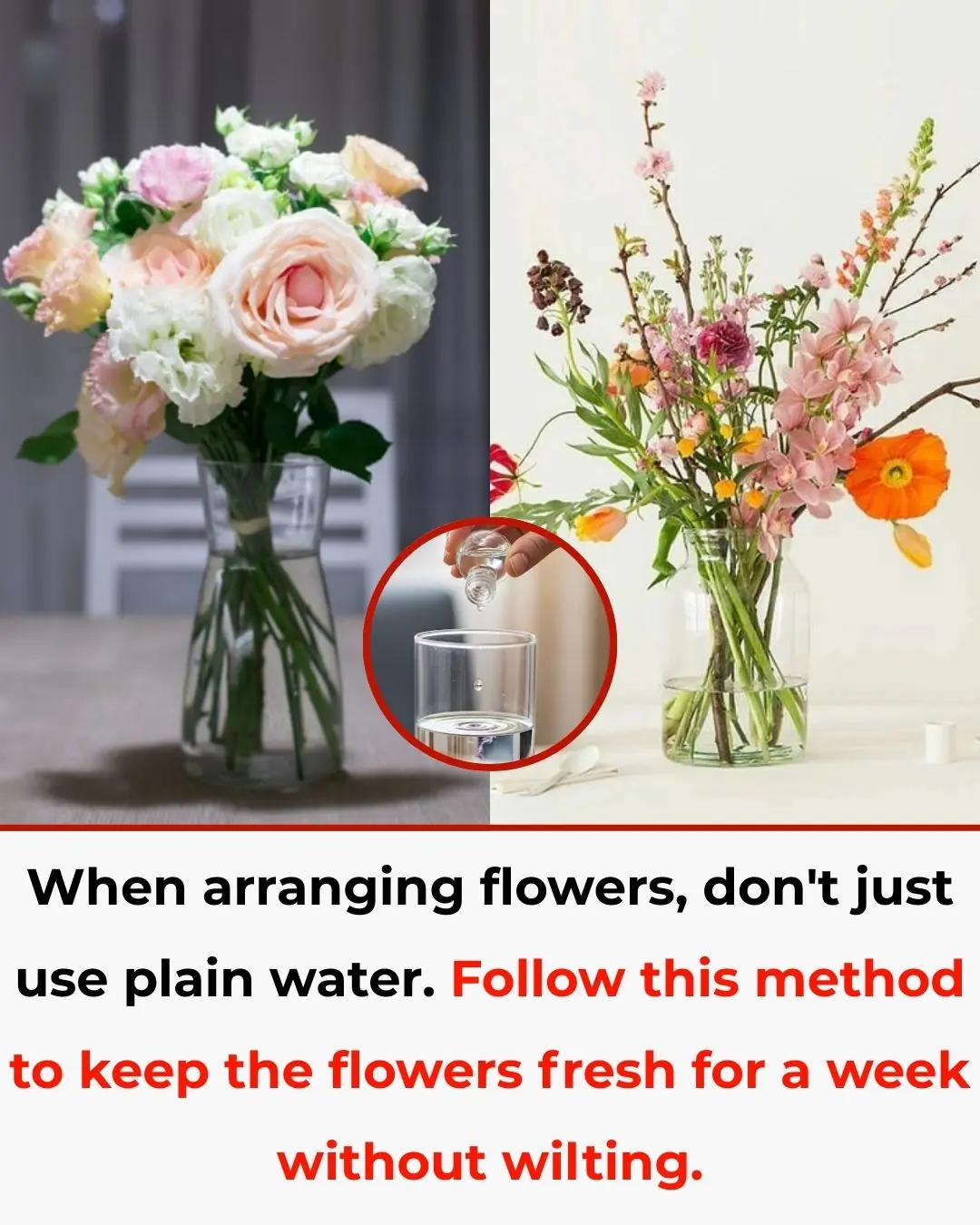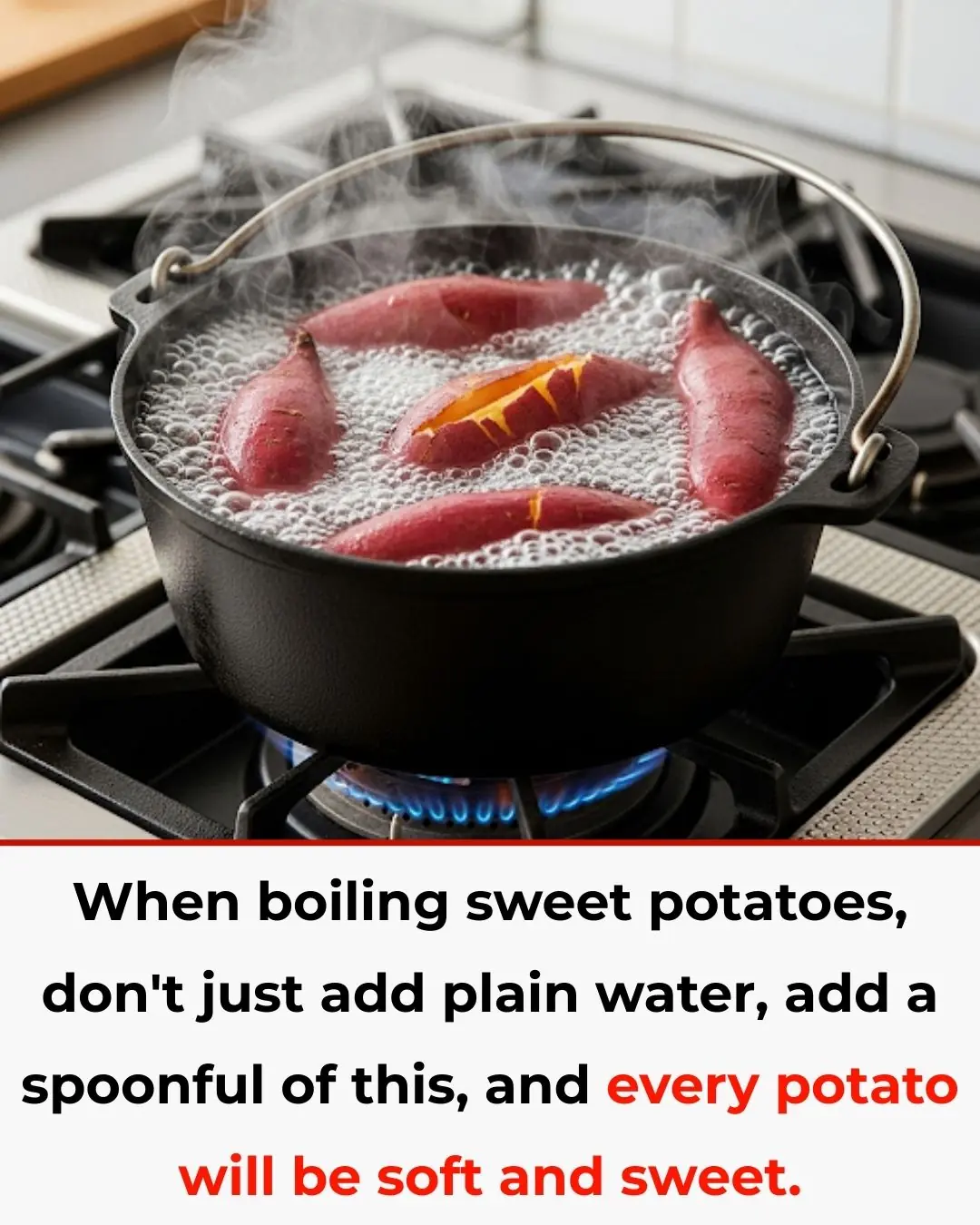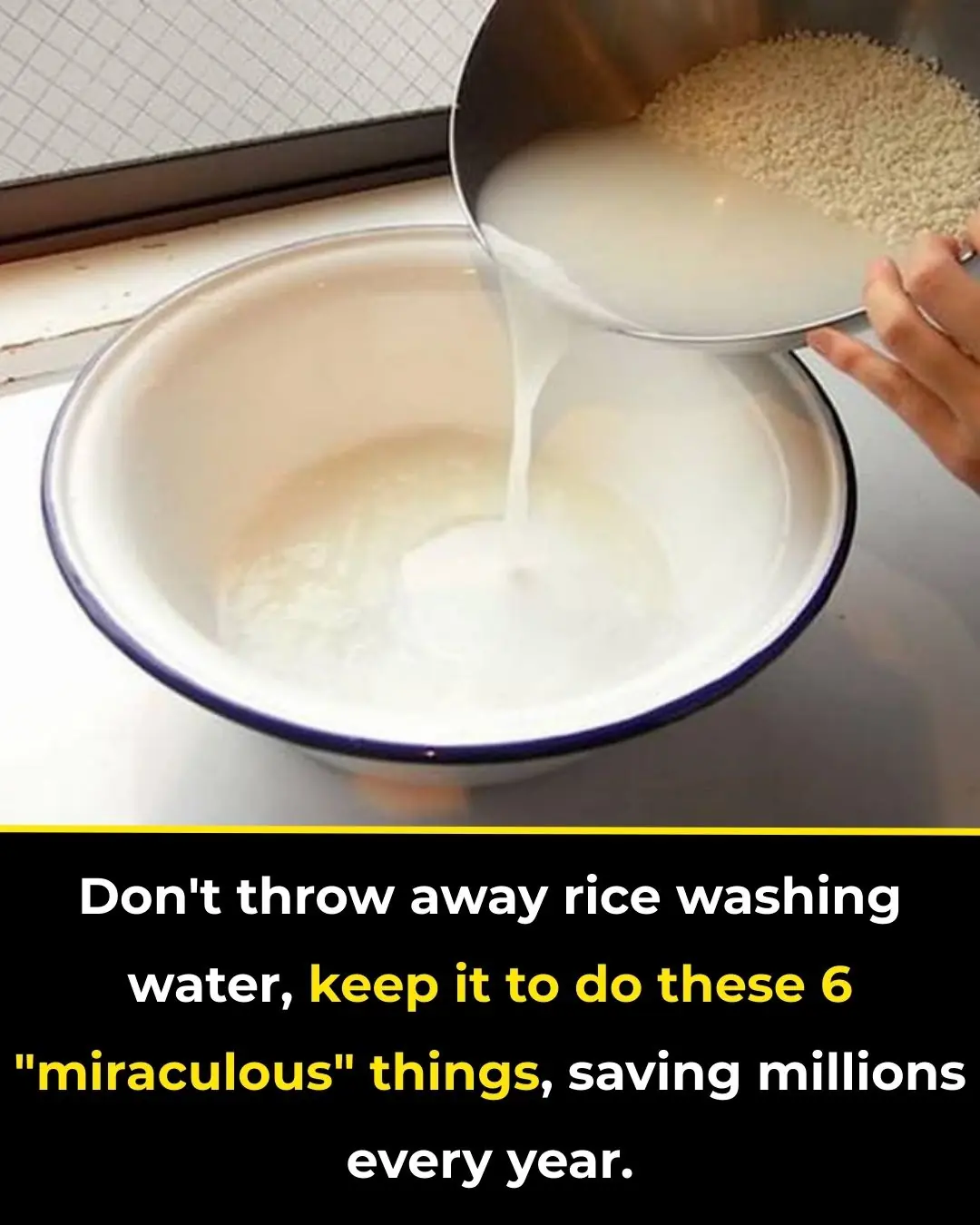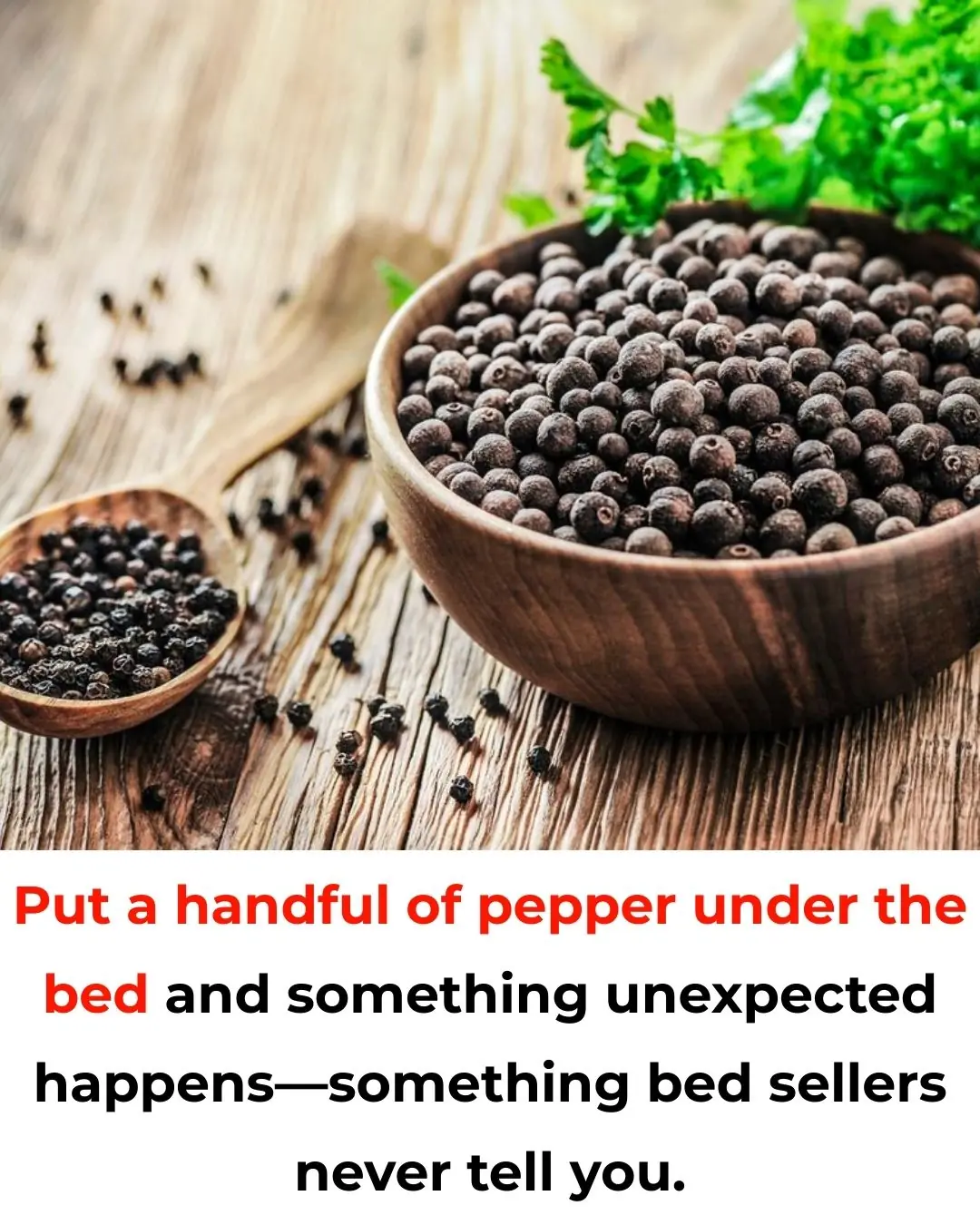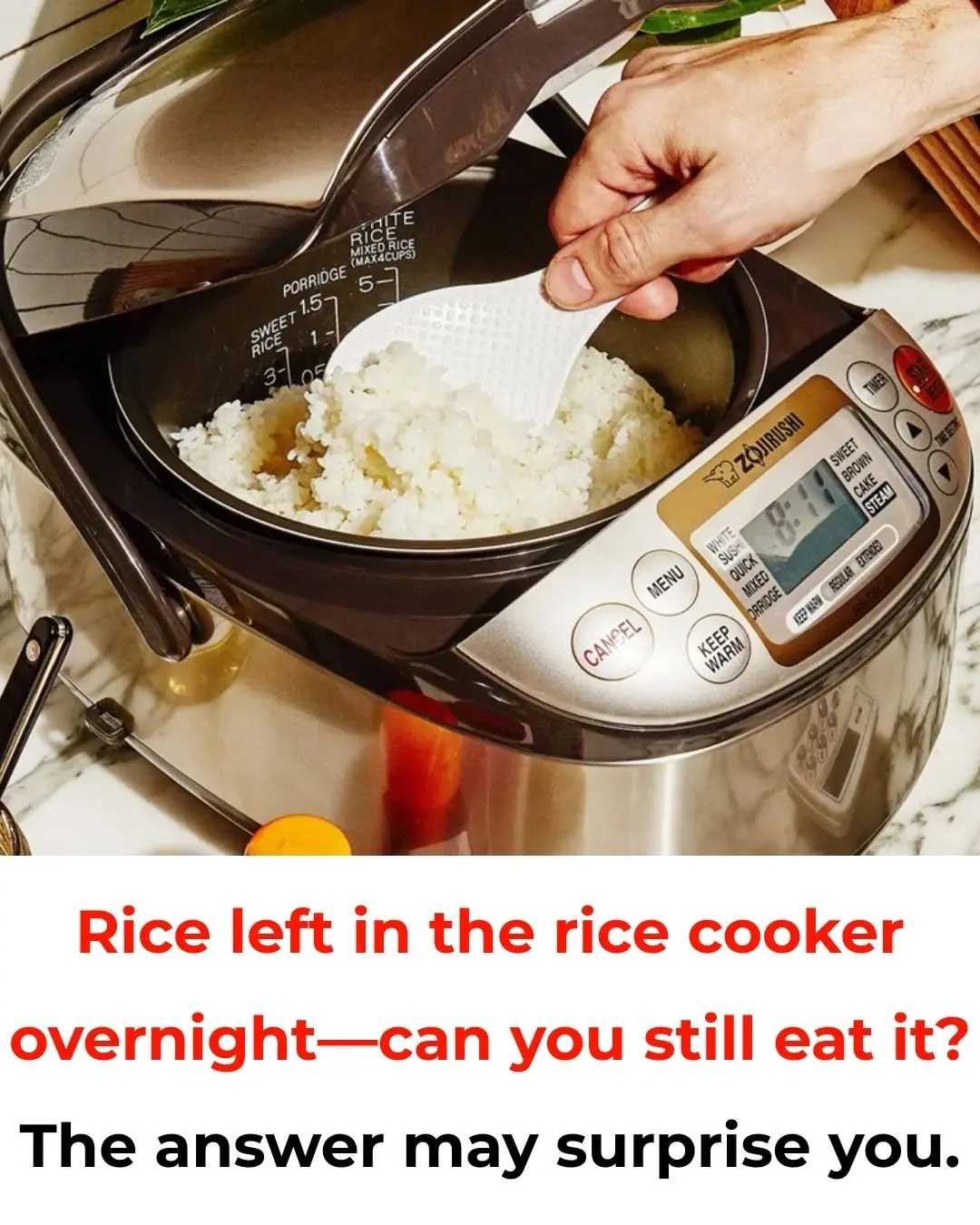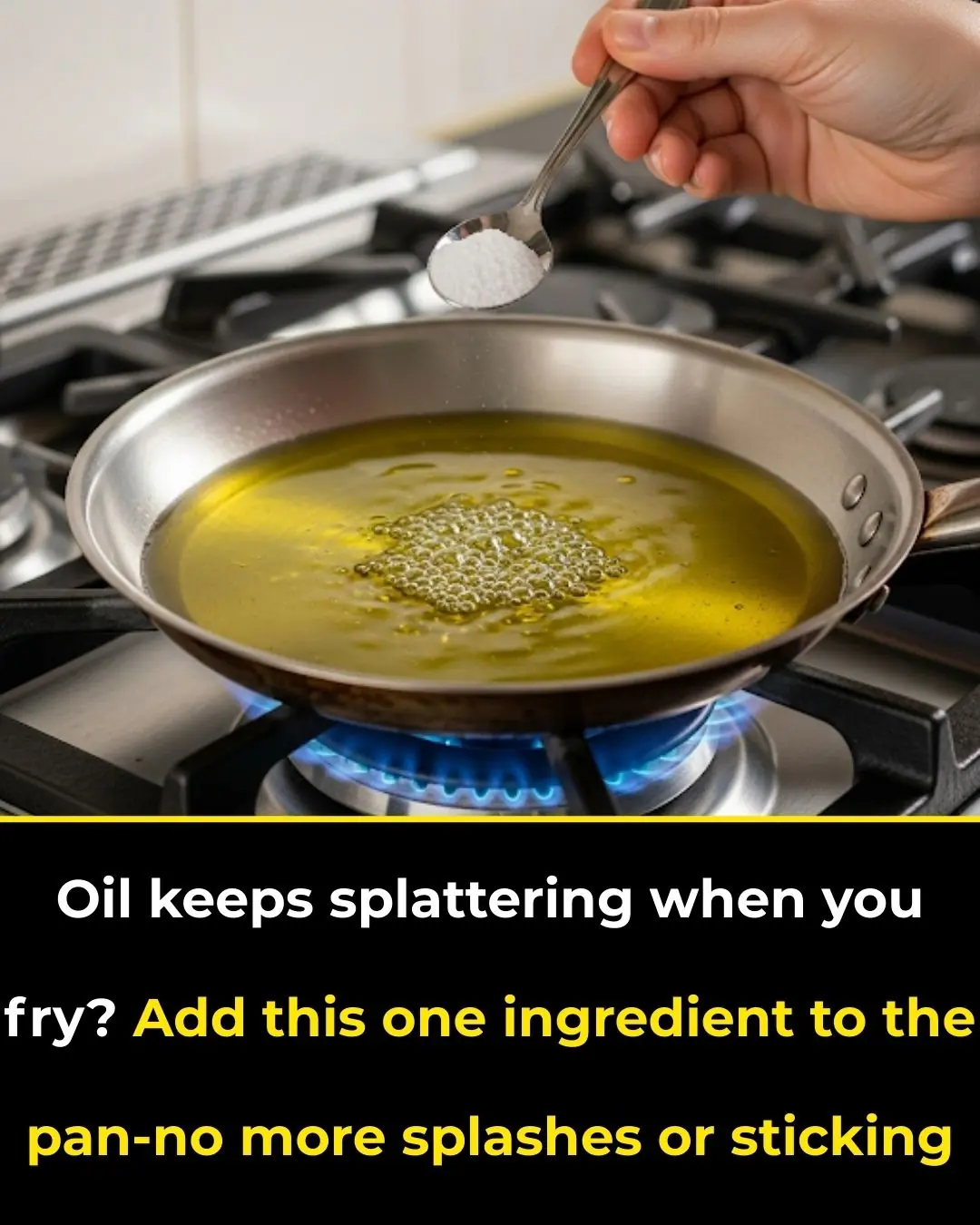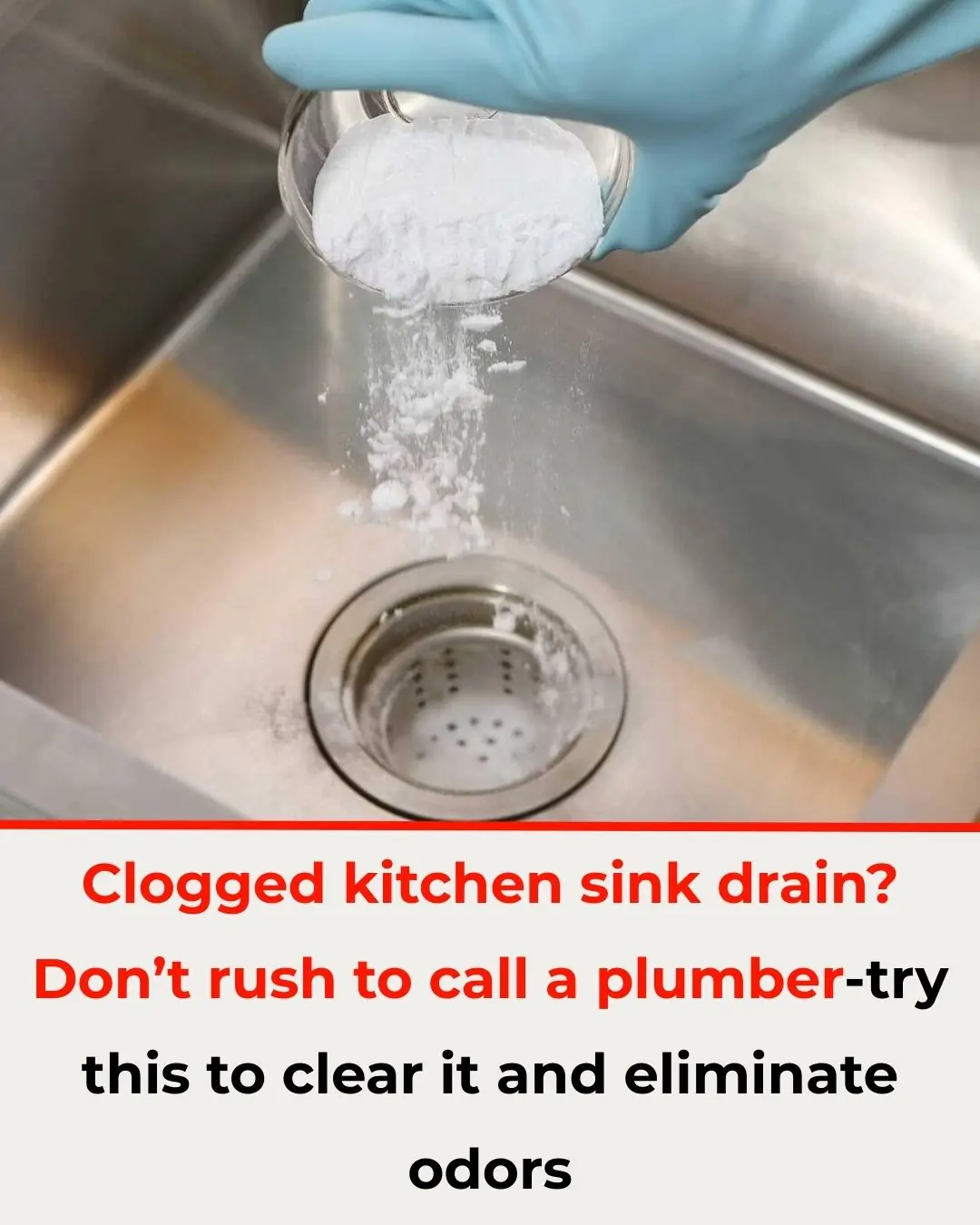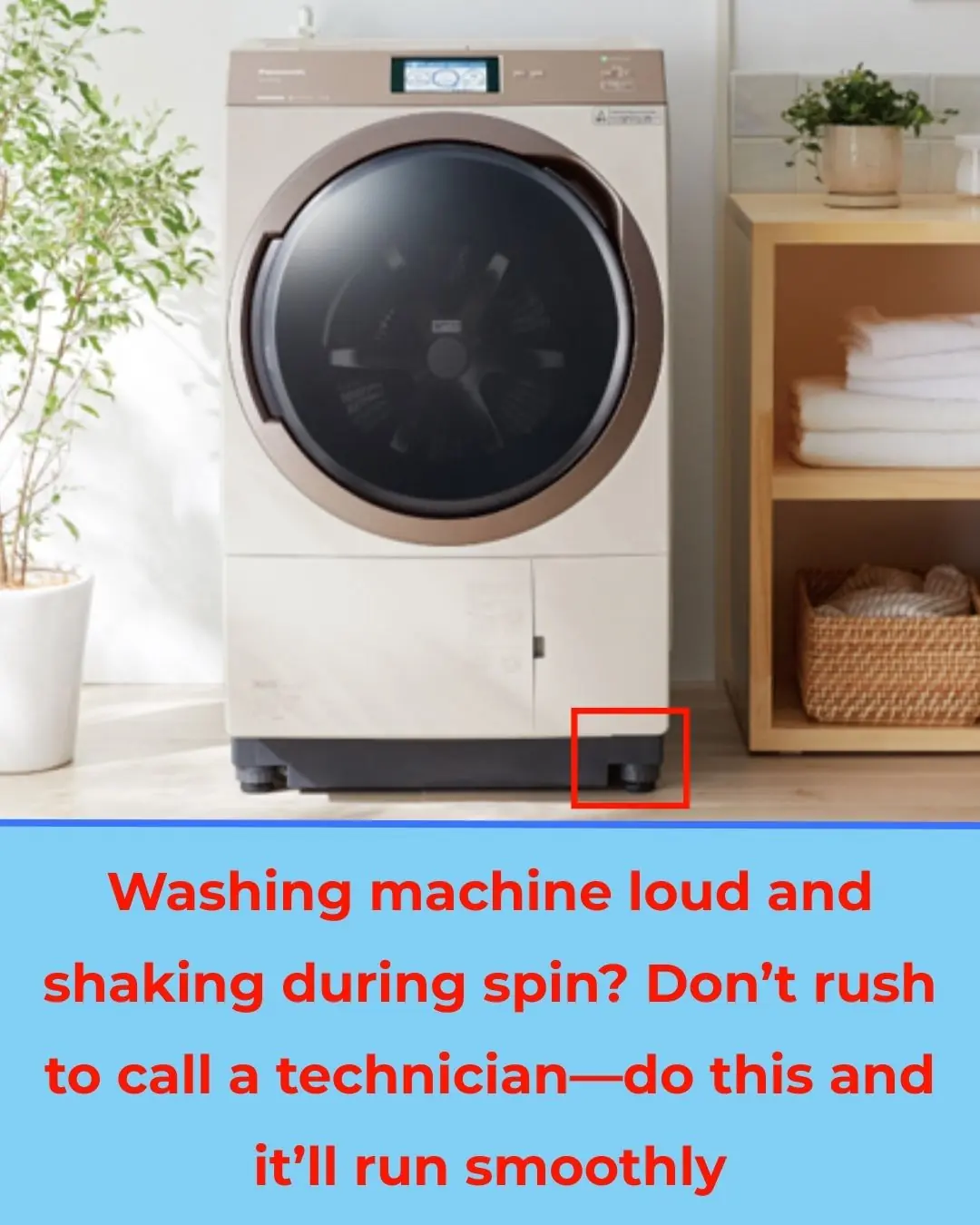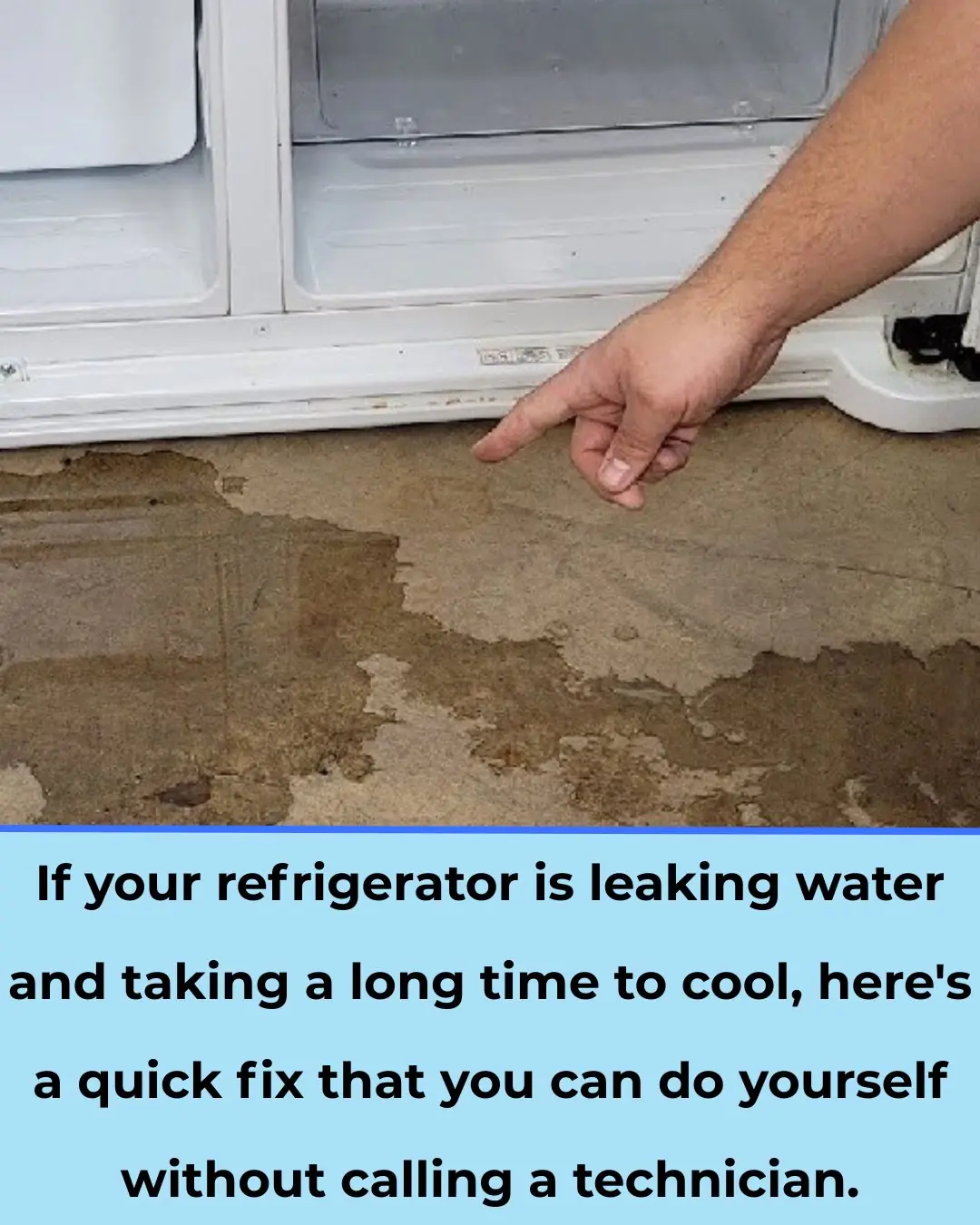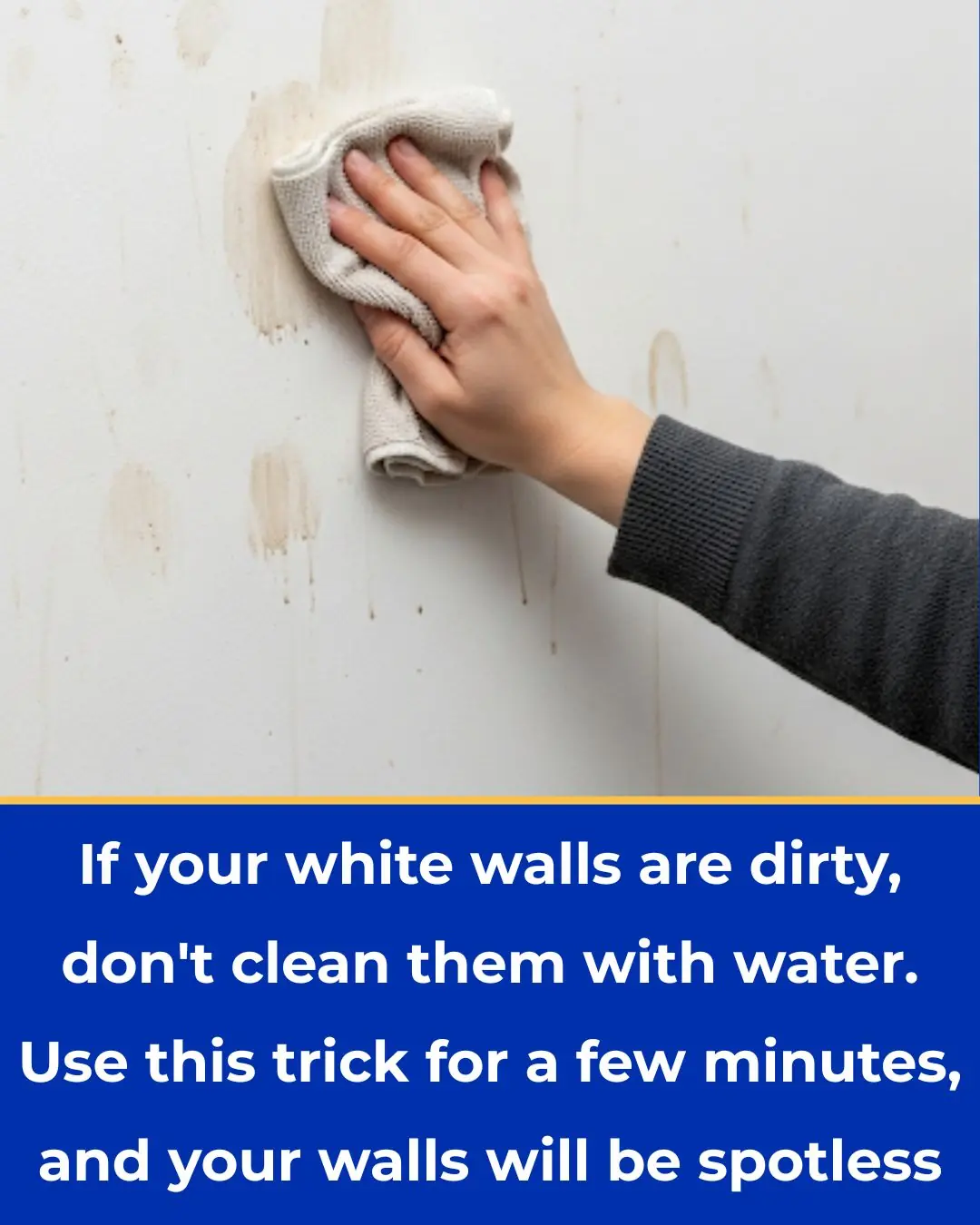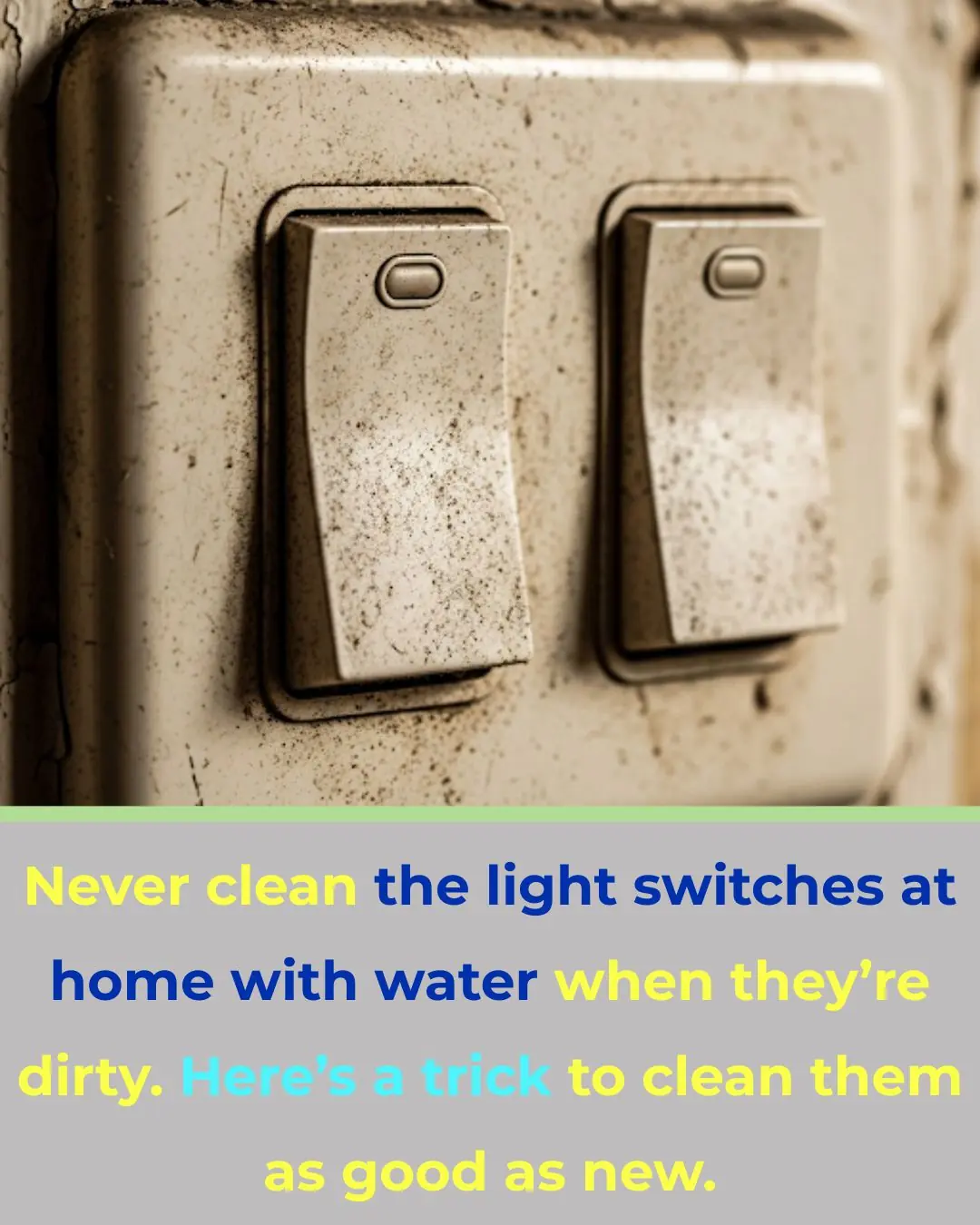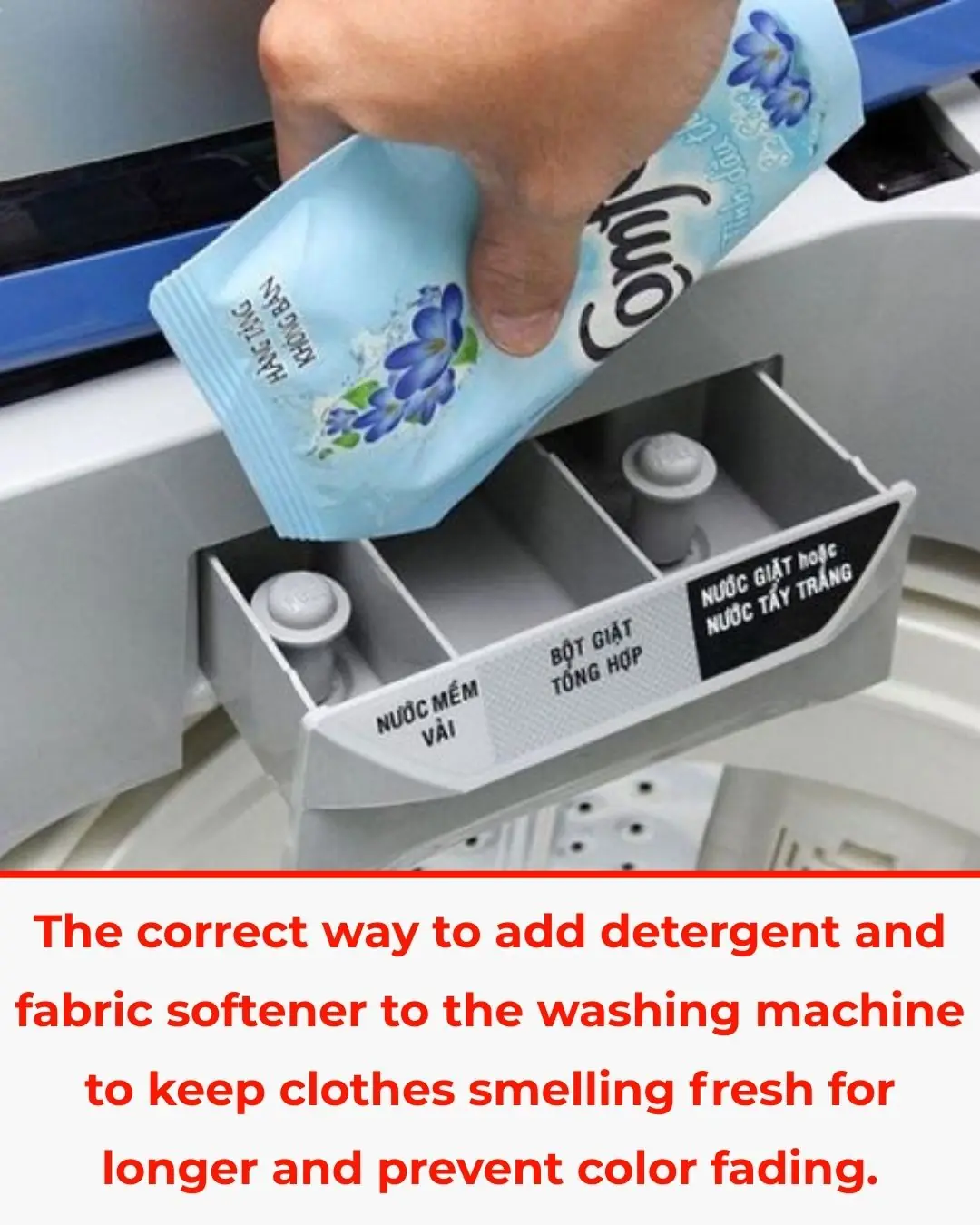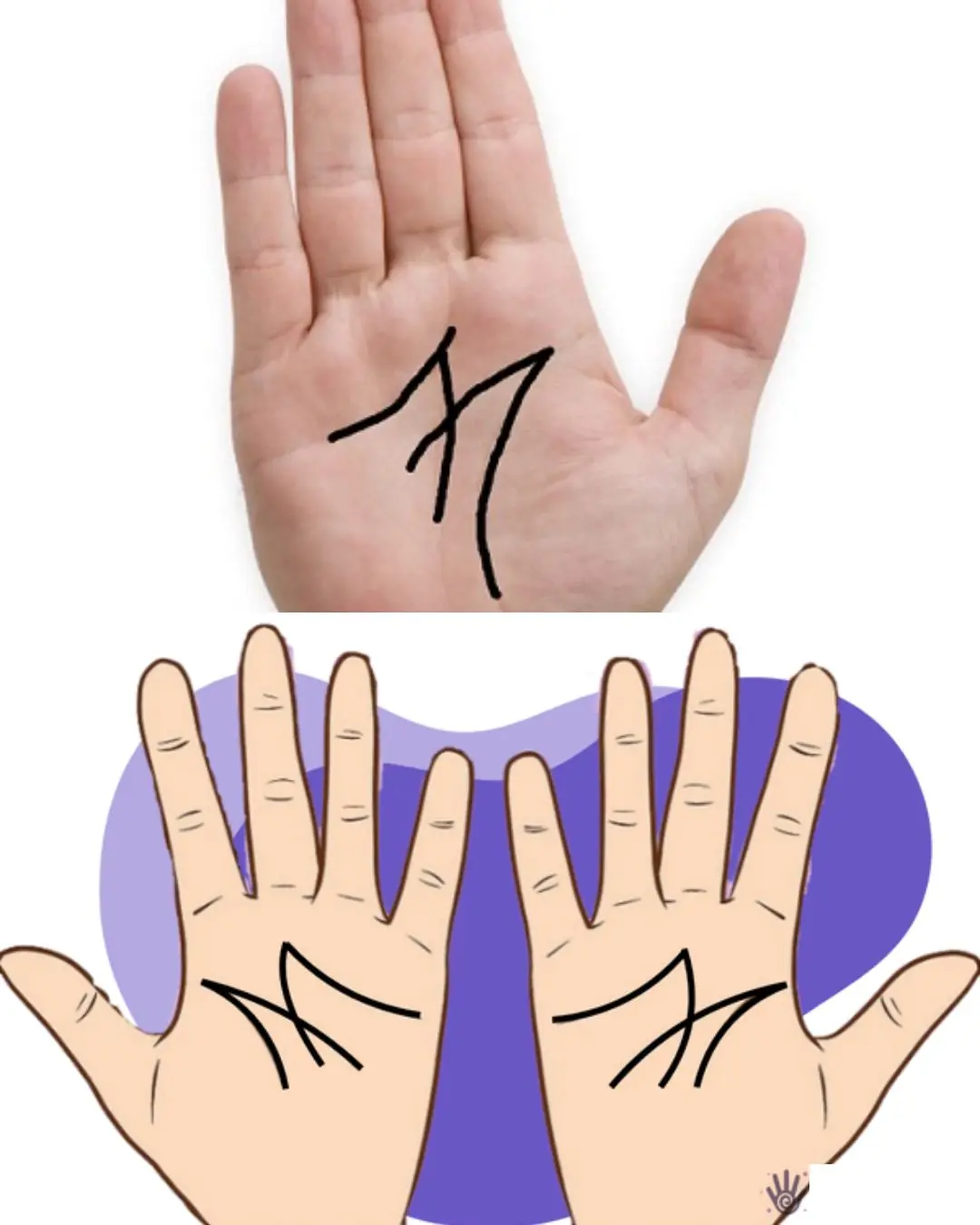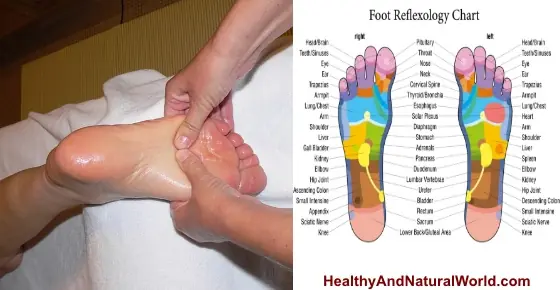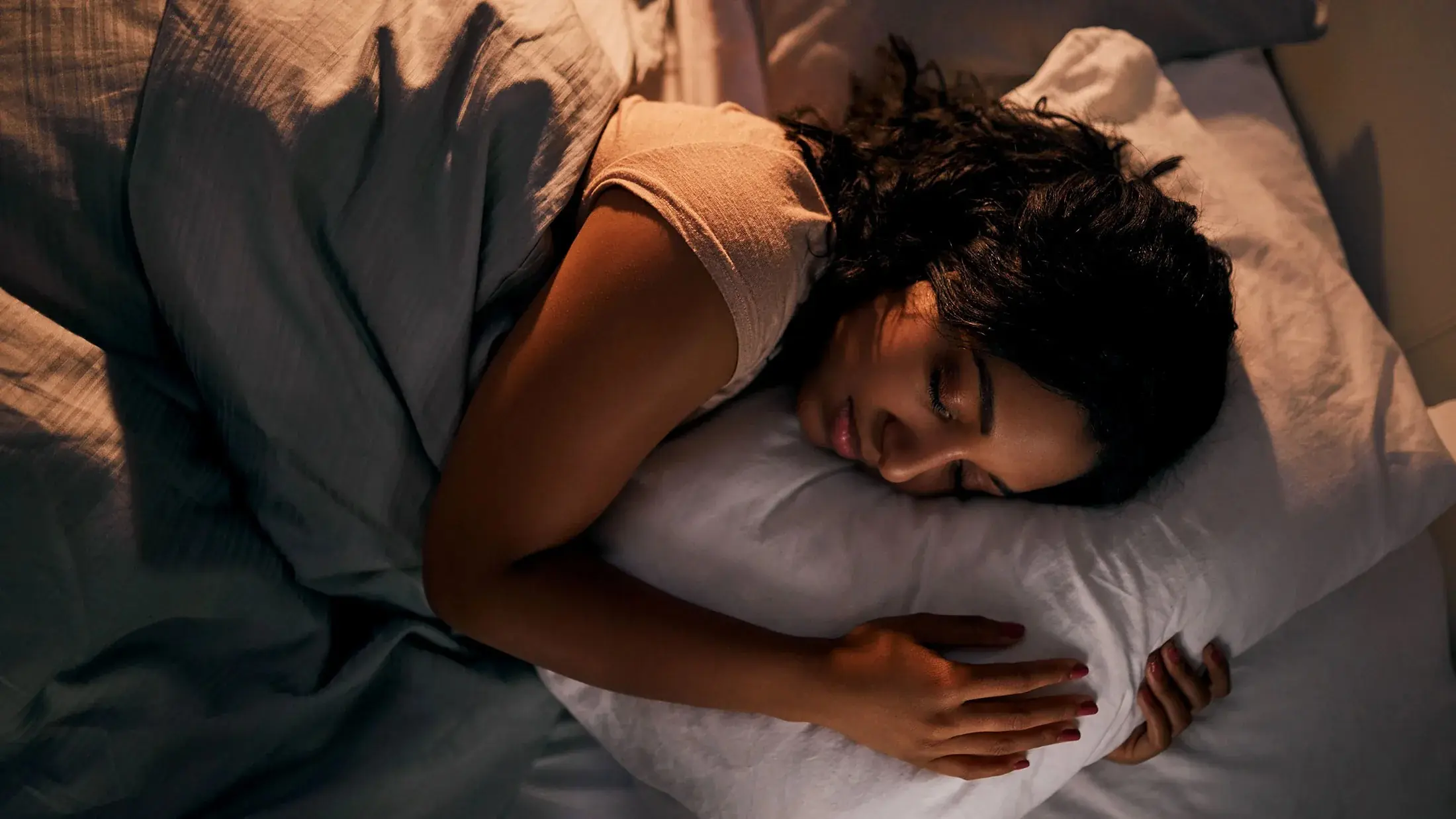Soap alone won’t lift embedded mold from wood. What works fast is a short contact time with 3% hydrogen peroxide plus a mild abrasive scrub, then thorough drying. Follow this exact routine to make the board look spotless in minutes and keep it safe to use.
What you’ll need
-
3% hydrogen peroxide (standard first-aid strength)
-
Baking soda
-
Coarse salt (kosher or sea salt)
-
A stiff brush or non-scratch scrub pad
-
Bench scraper or metal spatula
-
Paper towels or a clean cloth
-
Optional for stubborn staining: 120- and 220-grit sandpaper
-
Aftercare: food-grade mineral oil or a board cream (mineral oil + beeswax)
Safety first: Work in a ventilated area and wear gloves. Do not mix hydrogen peroxide with vinegar or bleach.
5-minute surface rescue (for most black spots)
-
Dry scrape
Use a bench scraper to remove surface grime, food residue, and the top biofilm. This exposes the mold so the treatment can reach it. -
Flood with hydrogen peroxide
Saturate the moldy areas with 3% hydrogen peroxide. Spread with a clean cloth so the surface is uniformly wet, but not dripping off the edges. -
Wait 5 minutes
Let peroxide sit undisturbed for a full five minutes. This contact time helps break down mold and lightens dark spots. -
Lift and polish with a gentle scrub
Sprinkle baking soda + coarse salt over the wet area. Scrub in small circles with a stiff brush. The alkaline soda and grit remove loosened pigment and refresh the grain. -
Quick rinse and dry
Rinse briefly under warm running water or wipe with a well-wrung cloth until residues are gone. Immediately towel the board very dry, then stand it upright on its edge to air-dry. It should already look dramatically cleaner.
If any faint shadows remain, repeat the peroxide step once more, then dry again.
Deep patches or stubborn black lines? Sand, then sanitize
When dark mold has migrated into the fibers, a light sand is the most effective way to restore the surface.
-
Spot-sand only the stained area with 120-grit until discoloration fades; blend out with 220-grit for smoothness.
-
Vacuum or wipe dust thoroughly.
-
Re-apply 3% hydrogen peroxide to the sanded spot for 2–3 minutes, then wipe dry.
-
Let the board stand on edge until the face feels completely dry to the touch.
Sanding removes the stained layer; a short peroxide pass after sanding helps address any remaining microbes at the new surface.
Recondition the wood (locks out moisture and stains)
Once dry, warm a tablespoon of food-grade mineral oil and massage it into all faces and edges. After 15–30 minutes, wipe off excess. For extra protection, finish with a thin layer of board cream (mineral oil + beeswax). Conditioning reduces future water absorption and makes cleaning easier.
Important do’s and don’ts
Do
-
Keep contact time: peroxide on the wood for about 5 minutes before scrubbing.
-
Stand the board on its edge after cleaning so both faces dry evenly.
-
Use separate boards for raw proteins and produce. Many people choose a dishwasher-safe plastic for raw meat; keep the wooden board for bread, fruit, and veggies.
-
Oil the board monthly (or when it looks dry) to prevent cracking and stains.
Don’t
-
Don’t soak a wooden board or put it in the dishwasher; prolonged heat and water warp and split wood.
-
Don’t use straight bleach on unfinished wood; it can damage fibers and leave persistent odors.
-
Don’t combine chemicals. If you ever switch to a vinegar clean on a different day, rinse and dry the board thoroughly first.
-
Don’t store the board flat while damp or pressed against a wall; this traps moisture and invites mold.
Quick daily care to prevent mold from returning
-
After each use: scrape, wipe with a hot damp cloth, then dry immediately.
-
For routine refresh (no visible mold): wipe with a small amount of 3% hydrogen peroxide, wait 1–2 minutes, then dry.
-
If your kitchen is humid, give the board extra airflow and sunlight exposure for a few minutes (indirect sun is fine) after cleaning.
When to replace the board
Retire the board if you notice deep cracks, soft or spongy areas, or recurring mold that reappears soon after cleaning. Deep fissures harbor moisture and are hard to sanitize reliably.
Bottom line
A five-minute hydrogen peroxide soak followed by a baking soda–salt scrub removes black mold staining on wood faster and more effectively than soap, and conditioning with mineral oil keeps it from coming back. Keep the board dry, give it airflow, and oil it regularly—your wooden board will stay clean, safe, and long-lived.
